Blog

Black Friday: End of year SPECIAL
- Written by: Marieke van Hout
I'm excited to announce that we have an exclusive offer as we approach the end of the year. Any purchase made before the year concludes will be rewarded with an extra month of OpendTect Pro—absolutely free. It's our way of saying thanks for your continued support!
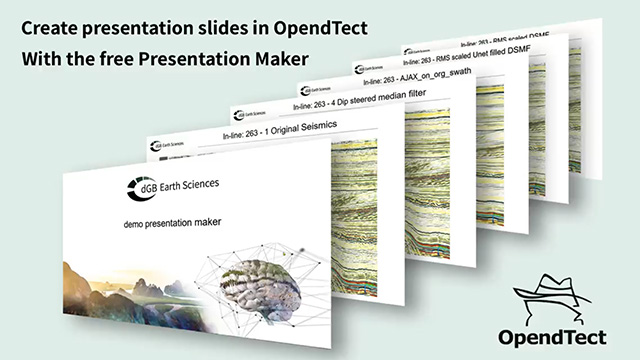
Streamline Your Presentations with OpendTect: Fast, Professional Results with the free Presentation Maker
- Written by: Lloyd van Hout
Discover the ease and efficiency of OpendTect's Presentation Maker, accessible to everyone. Seamlessly import images directly from your projects into your custom presentation template. With just a click, it auto-generates slides and titles, transforming your data into visually compelling presentations effortlessly. Experience a smarter way to communicate your project insights with this innovative tool.
Read more: Streamline Your Presentations with OpendTect: Fast, Professional Results with the free...
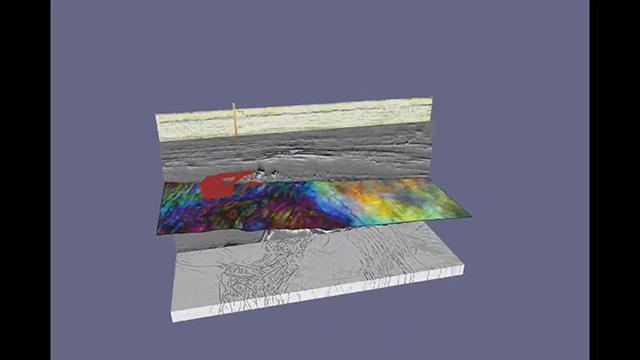
Unlock the potential of OpendTects Attribute Engine - Free webinar by dr. Paul de Groot the co-creator of OpendTect
- Written by: Marieke van Hout
Join us for an enlightening webinar on the Attribute Engine, a pivotal feature of OpendTect! Our Attribute Engine enables you to compute attributes on-the-fly or in batch mode, harnessing the power of distributed computing.
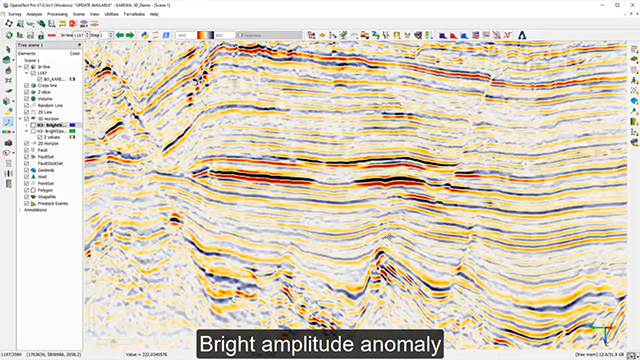
How to Visualize Amplitude Anomaly in 3D Using Spectral Decomposition and RGB Attribute
- Written by: Hesham Refayee
Spectral decomposition and RGB(A) blending is not only useful for studying sub-seismic resolution stratigraphic features, but can be a great asset to highlight potential bright (spot) amplitude anomalies.
Read more: How to Visualize Amplitude Anomaly in 3D Using Spectral Decomposition and RGB Attribute
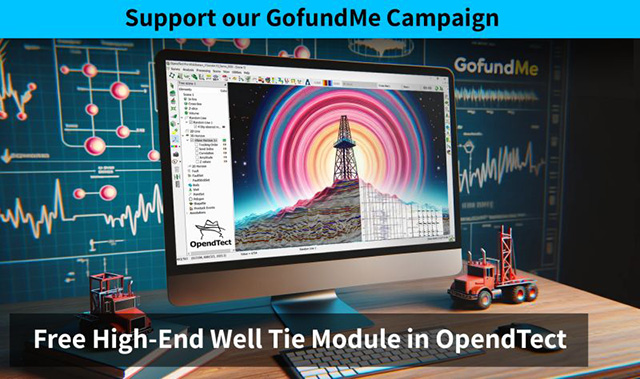
Free State-of-the-Art Well Tie Module: Your Support is Key!
- Written by: Marieke van Hout
We're on a mission to develop a state-of-the-art well tie module that will be freely accessible to all users. This new module will be boasting industry-standard displays, quality control tools, and innovative features like the Roy White wavelet estimation method.
Read more: Free State-of-the-Art Well Tie Module: Your Support is Key!
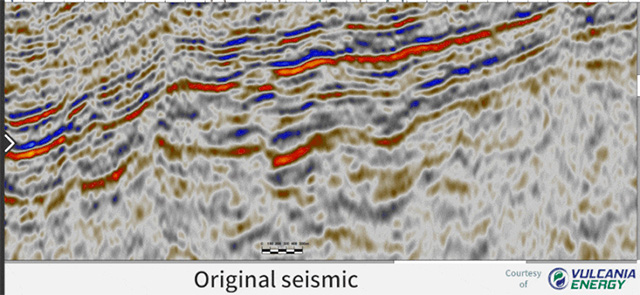
Can AI Outshine Human Expertise in Seismic Analysis?
- Written by: Marieke van Hout
Vulcania Energy, on behalf of MEPC, recently harnessed OpendTect's AI-based fault interpretation to supercharge seismic analysis in an offshore West African field.
Within this reservoir lie complex carbonate turbiditic deposits, molded by gravity's touch, presenting a captivating challenge for both human experts and AI.
Read more: Can AI Outshine Human Expertise in Seismic Analysis?
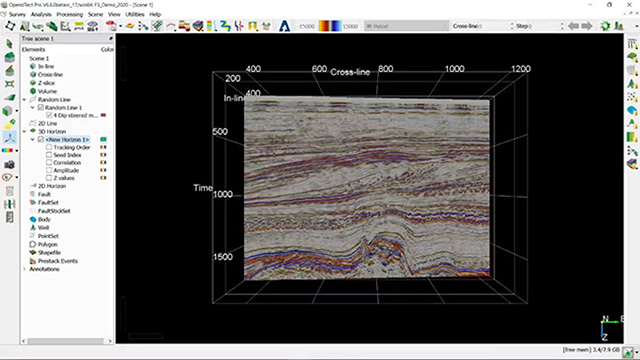
Have you explored the free 3D auto tracker in OpendTect yet?
- Written by: Marieke van Hout
I really prefer this to conventionally tracking horizons in a grid!
Here's why:
Read more: Have you explored the free 3D auto tracker in OpendTect yet?
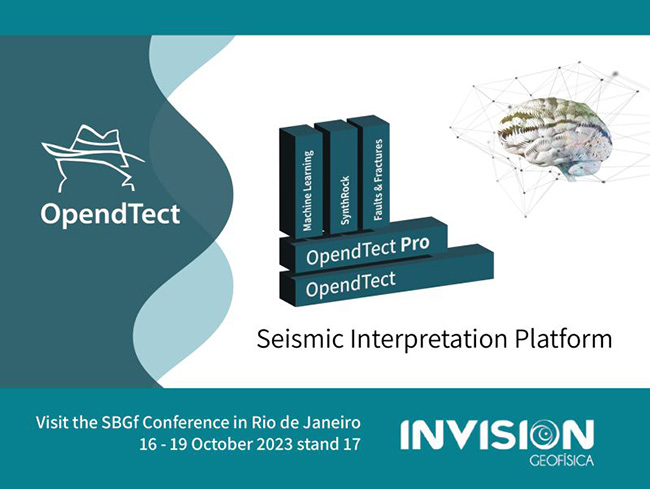
Join us at the SBGf International Congress in Rio de Janeiro Brazil from October 16th to 19th, 2023!
- Written by: Marieke van Hout
We are thrilled to announce that, in collaboration with Invision Geophysics, we will be showcasing our latest innovations at this prestigious event.
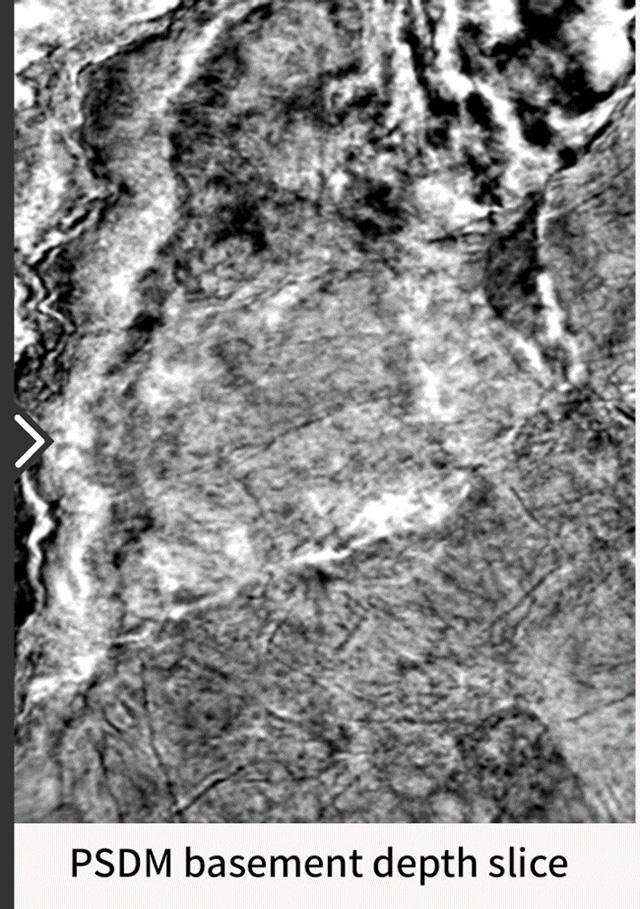
Join us for an Exclusive Presentation on Seismic Diffraction Imaging in Malaysia!
- Written by: David Markus
dGB Earth Sciences is thrilled to introduce our company's presence in Malaysia and present an exciting talk on "Seismic Diffraction Imaging - Solving Seismic Imaging Challenges" at the Kuala Lumpur Geoscientists Group lecture on
🗓️ Thursday, October 5th, at 5:00 PM.
📍 Venue: The conference room at Eamp;O in KL (see slider for more details)
📝 RSVP Here
Read more: Join us for an Exclusive Presentation on Seismic Diffraction Imaging in Malaysia!